Honor 7X Review
UPDATE: You can now read our Honor 8X Review!
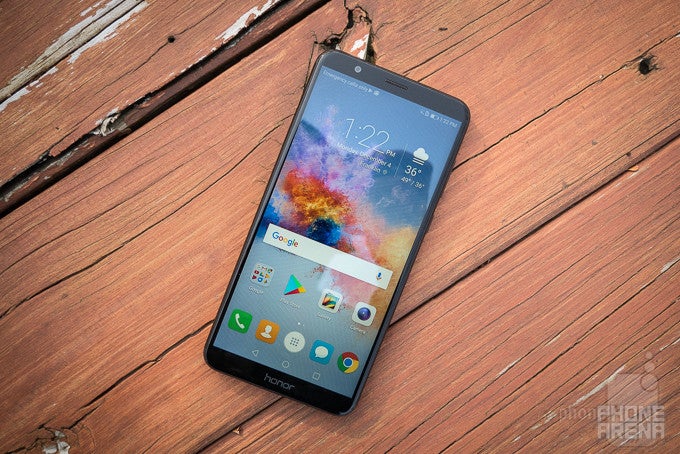
In the box:
- Honor 7X
- Micro-USB charging cable and adapter
- SIM tool
Design
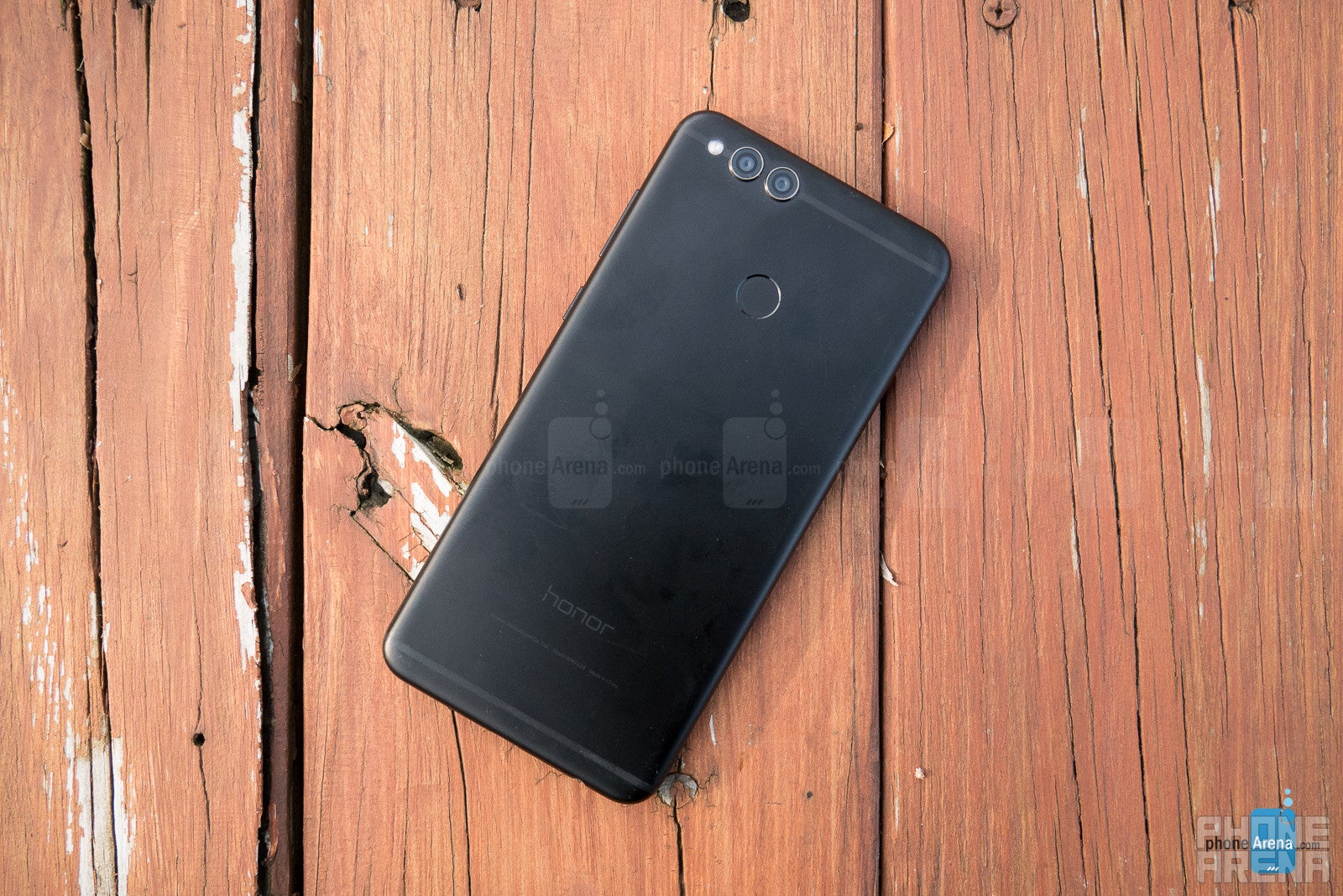
Metal and glass have become the prevailing choice of materials for most smartphones, and the Honor 7X thankfully joins that trend. Opting for an all-aluminum body, the 7X is encased in either blue, black, or gold metal (gold isn’t available in the U.S.) which makes the back look clean, refined, and sturdy. In back, the aluminum body is interrupted only by antenna lines at the top and bottom, as well as by the center-mounted fingerprint sensor and the dual-camera setup in the top left corner. Not much of a camera bump exists, thankfully, though the lenses aren’t completely flush, raising about a millimeter from the frame. We’re glad the back looks so casual, yet classy, as flipping the device over reveals a similarly handsome face. The tall, 18:9 display housed within minimal bezels serves to further obfuscate this device’s entry-level price point.
Display
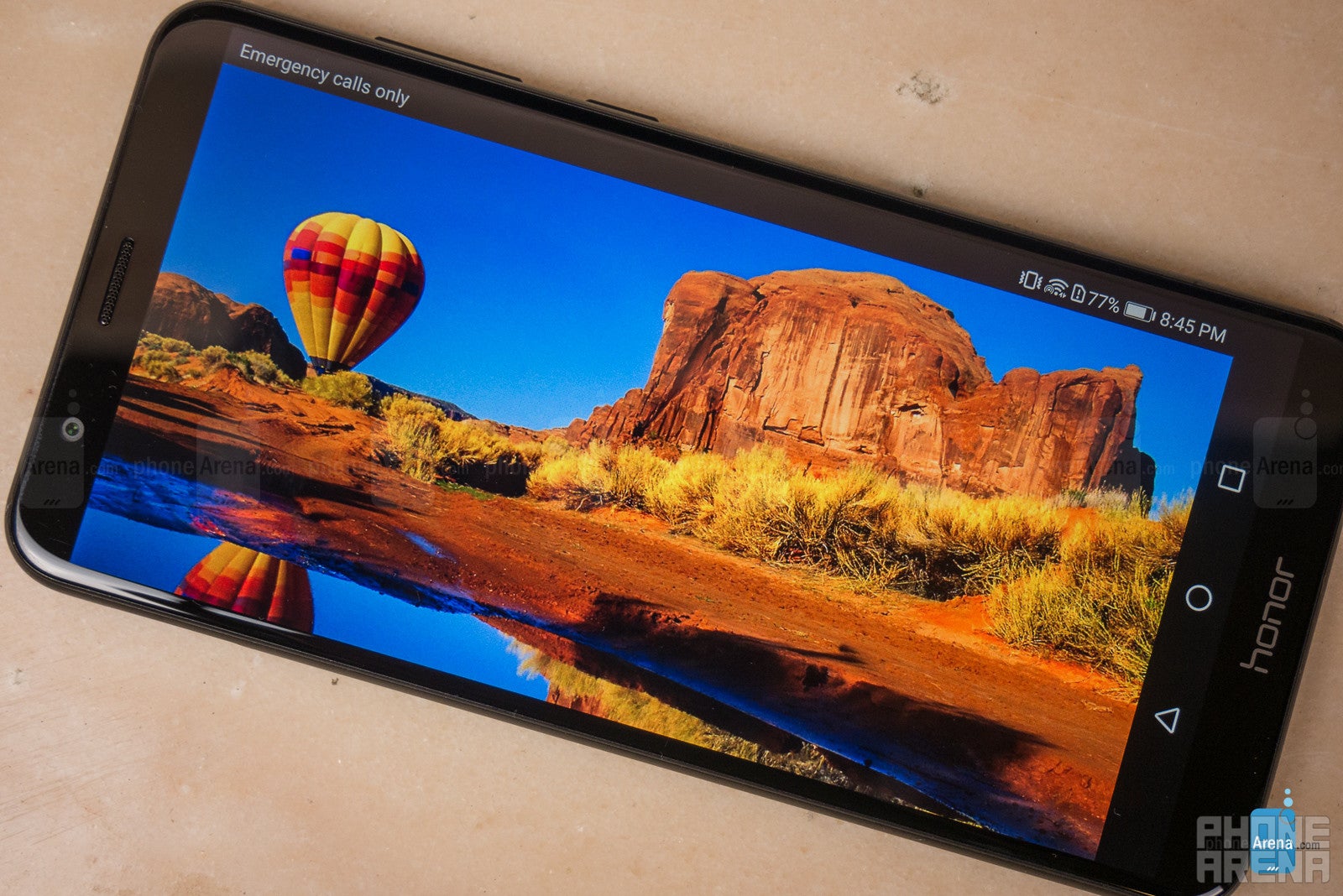
With the Honor 7x, it’s easy to forget that you’re holding a mid-range device until you turn on the screen. By no means is it the worst screen we’ve ever seen – color accuracy is pretty good, in fact – but the tamer color saturation compared to the proliferating, vivid OLEDs will remind you what price range you’re in. The size of the screen is certainly pleasing, though. Indeed, it’s one of the very few phones at this price point to feature the coveted near-bezel-less design. At a resolution of 2160 x 1080 pixels (FHD+) the 7X meets a pixel density of 407 ppi – a respectable threshold, which produces sharp content, be it text or videos.
By default, a handful of apps don’t conform to this 18:9 aspect ratio, which is unlike other phones with similar aspect ratios – they simply fit apps automatically. Popular apps like Facebook, Twitter work just fine, but others, including Chrome and Amazon, don't full the whole screen, or at least not at first. Honor does makes it quite easy to fit an app to the screen, though. Instead of having to go into settings, which you can also do, you’ll see a bar at the bottom of the screen labeled “fit” which occupies the little bit of unused space. When tapped, this will expand your content to fill the entire screen, and remember to do so in every subsequent use of the particular app.
Interface and Performance
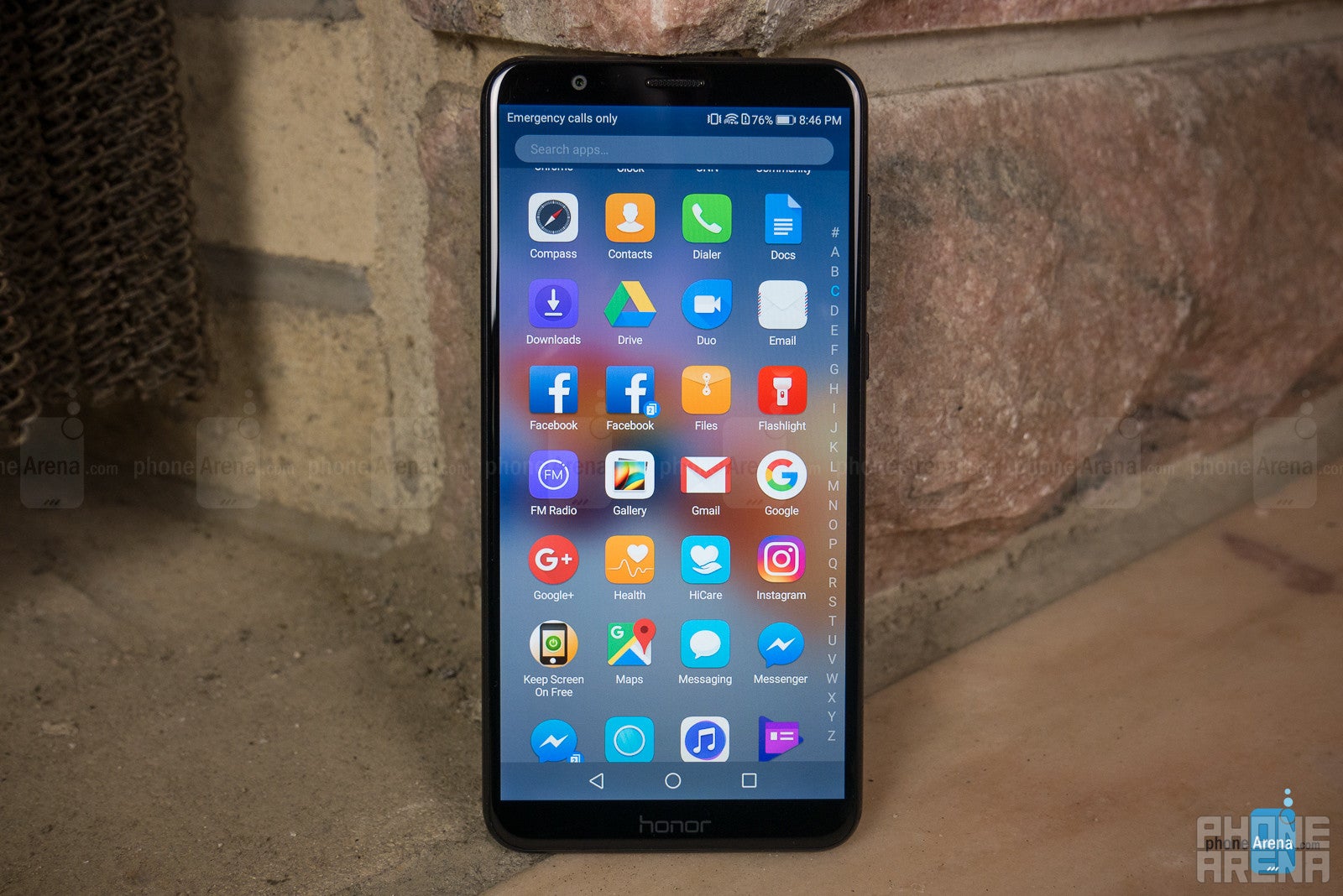
The Honor 7X runs Emotion UI 5.1, built on Android Nougat. It still has a rather iOS-y vibe (circa iOS 7) especially with its cartoonish iconography and default setting opting not to use an app drawer, but rather spread the icons across the homescreen. Of course, this setting can be changed, and so can many others. In fact, EMUI offers a lot of aesthetic and functional customizations. Themes and icon layout are almost compulsory for such tweaking, which EMUI no doubt offers, but more customizing can be done in the main settings. Here you can change how notifications are displayed, your nav key and status bar layout, and a few useful gestures involving the fingerprint sensor. The fingerprint sensor itself is extremely quick and accurate when unlocking the phone, as well as when being used for gestures. Not only can it manipulate the notification panel and answer phone calls, but also flick through photos in your gallery and serve as a trigger to snap a pic, as well. These are a few options among many others in this deep, but well-organized settings menu; all of which serve to make interacting with Honor 7X a more personalized and functional experience.
Although the menus are generally well organized, any UI that offers such deep customization runs the risk of offering too much and becoming overwhelming. As such, a more intuitive settings search would be a great tool to improve the organization and presentation of these options. One implementation that comes to mind is Samsung’s Related Settings feature, and the ability to search not just the titles of settings, but descriptions as well.
In terms of applications, Honor opts to use proprietary apps for just about everything except for the browser, which is Google Chrome. Additional apps include a data backup up app, which can back up to your computer or an SD card, a device maintenance app to clear up binary gunk, and an app to receive technical support. We have no complaints here, as we found them all to be intuitively designed and aesthetically pleasing. We also enjoyed the ability to log into multiple social media accounts, via the App Twin feature.
The U.S. variant of the Honor 7X comes in only a 32GB/3GB RAM configuration, while other markets can grab a 7X with up to 64 GB storage and 4 GB RAM. Both run on the mid-range Kirin 659 SoC, and performance on our U.S. model was quite peppy; apps opened and switched promptly and smoothly. Transitions and animations didn’t appear to lose frames or stutter, but gaming, while doable, won’t come close to the buttery frame rates seen on higher-end devices, of course. Otherwise, users will be more than pleased with the 7X’s day-to-day performance.
Camera
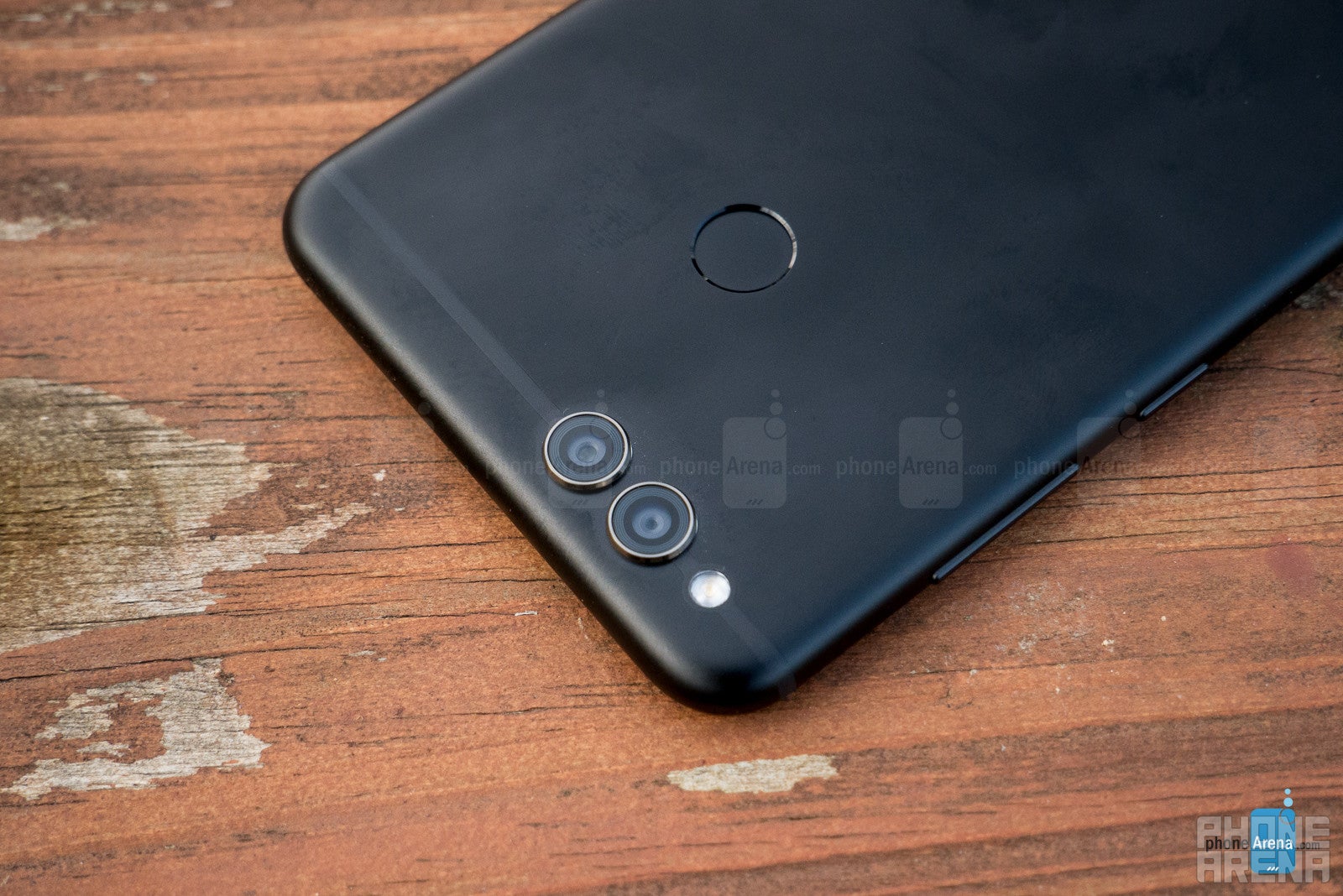
The dual-camera setup returns from the 6X, this time upping the megapixels from 12 to 16 on the main sensor, while the secondary camera remains at 2 MP and is solely used to capture depth information. Leveraging the latter ability, a software-driven wide aperture feature exists to create the coveted background blur, and while results weren’t the worst we’ve ever seen, they weren’t the best either. As with most mid-range implementations, issues with distinguishing the subject from the background can be observed, where the subject is outlined with either blur on its own edges or sharpness in the background where they meet. Rarely did these bleed too far into each other, thankfully, but instances did occur where our subject was completely disfigured by inaccurate blur application. You’ll want to stay within the recommended two-meter distance to avoid such drastic errors.
Well-lit indoor and outdoor close-ups look fantastic for such an affordable phone. Details are sharp and colors are very accurate. Unfortunately, issues with focus cropped up when taking photos with further focal points, such as images of buildings or landscapes. After testing the camera for some time, we arrived at the assumption that our demo unit might have a faulty camera, as objects more than a few feet away from us were never quite in focus. We've reached out to Honor for comment on the matter, and we'll update this section once we know more. We sure hope that ours is an isolated case.
In lower light scenarios, this sensor's inability to capture adequate lighting leads to the image requiring extra time to process. During those couple seconds, you’ll need to have a seriously steady and patient hand, or else face the consequence of ending up with a blurred mess – something we often faced until learning the sufficient amount of time to wait.
The 8 MP front-facing camera captures slightly grainier, and paler colors, but serves its purpose well all the same.
Video captured on the Honor 7X maxes out at 1080p resolution for both the front and back cameras. Videos looked good, but image stabilization’s absence was certainly felt. Otherwise, the 7X exposed scenes well. Audio recorded during videos did sound rather compressed, though.


Call Quality
Calls sounded great on the Honor 7X’s earpiece, coming through intelligibly, albeit a little quieter than we’d like. The speakerphone was also quite clear, but like the earpiece could use just a bit more oomph for louder situations.
Battery Life
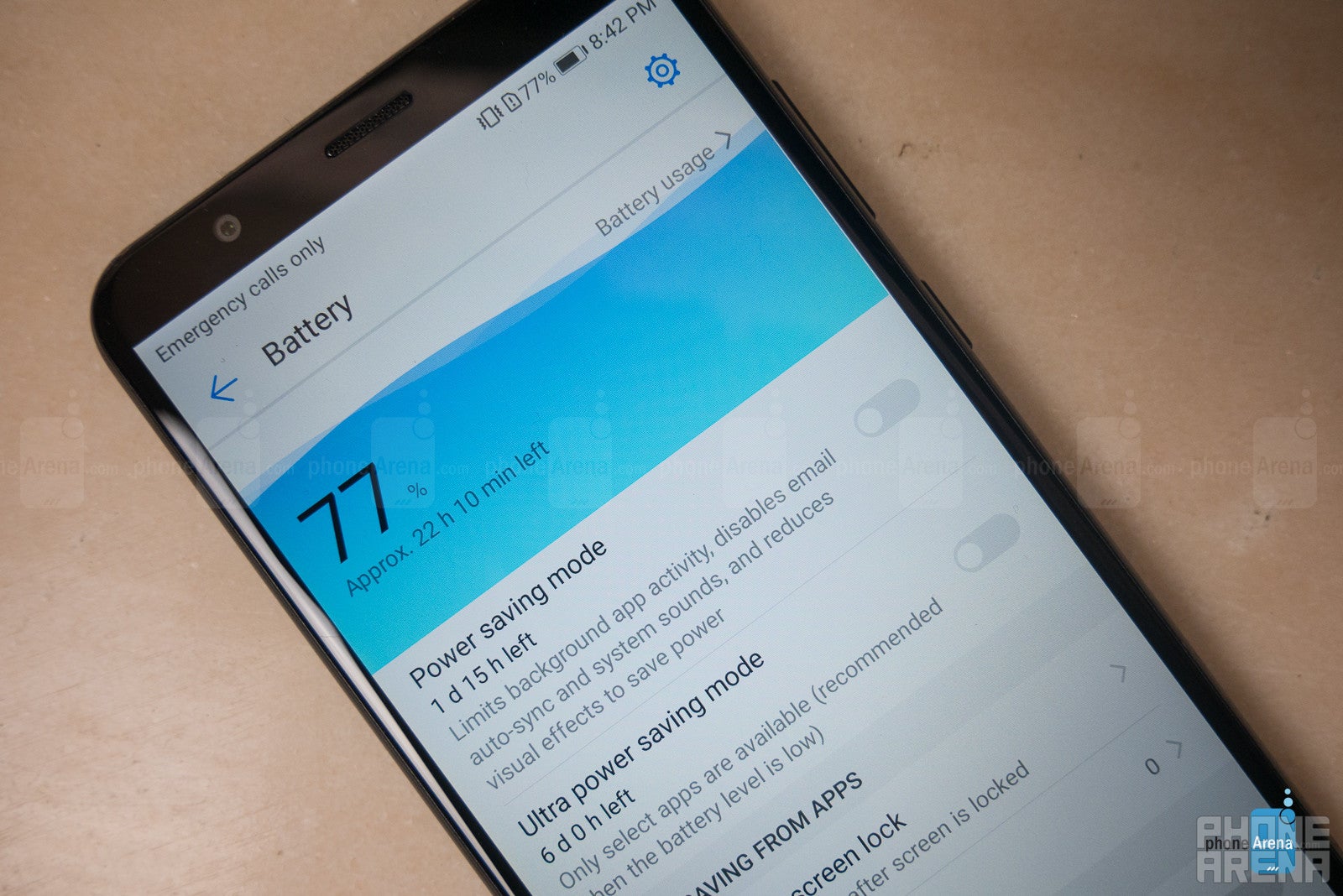
The Honor 7X seemed to have no trouble lasting through a day of regular or intensive use. Clocking in at about eight hours on our custom battery drain test, these results line up pretty well with our impressions. Lacking USB 3.0 or any quick charge standards here, the 7X takes a creeping 2.5 hours to recharge the 3340 mAh battery from 0 to 100%.
Conclusion
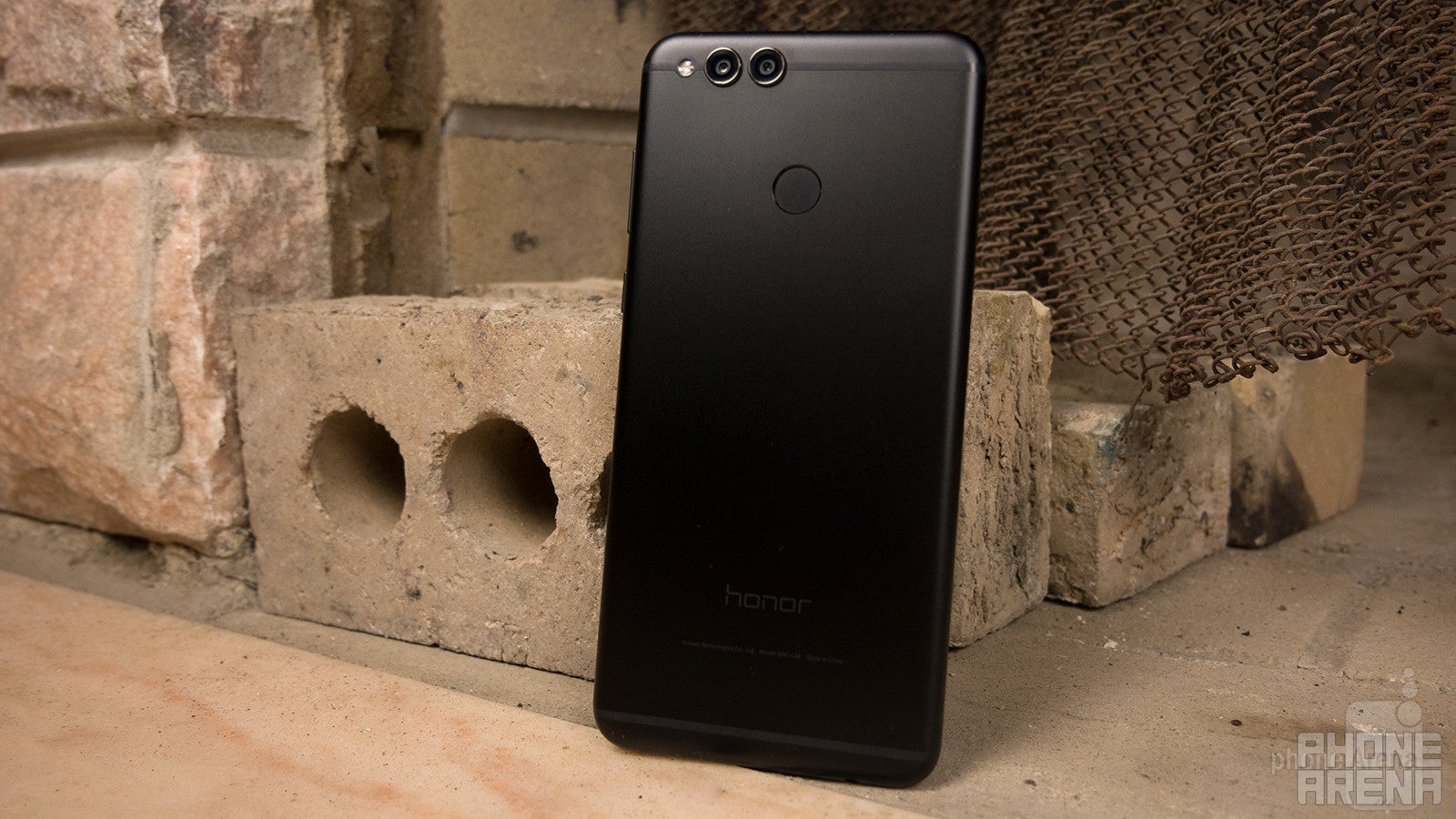
The Honor 7X is shaping up like an easy phone to recommend. $200 gets you a solid, good-looking phone, with a tall, 18:9 screen and peppy performance. EMUI 5.1 feels rather tired and a bit cartoonish, but the functionality and performance within give the user much customization and plenty of speed in day-to-day tasks. As for the camera, it does seem promising, but we'll have to test it further before we give it our final verdict.
The 7X’s biggest competitor may be the Moto G5 Plus or similar Moto variants, but users can also get an iPhone SE, or Nokia 6 for about the same price. This is a surprisingly competitive price range, but we’re pretty confident in saying that you can’t go wrong with any of these.

UPDATE: You can now read our Honor 8X Review!
Follow us on Google News




















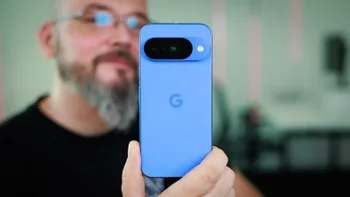

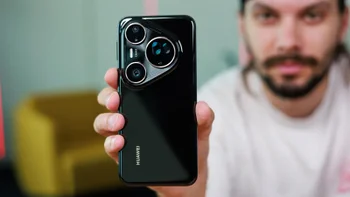
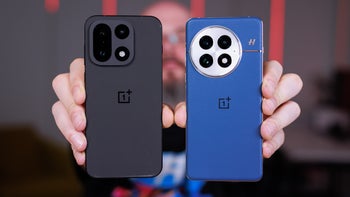
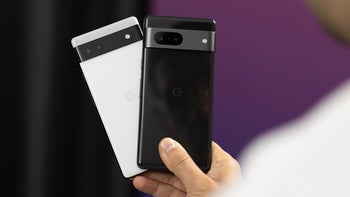


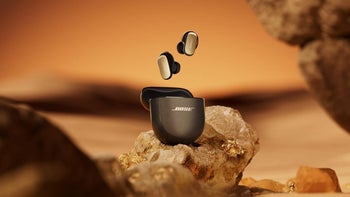
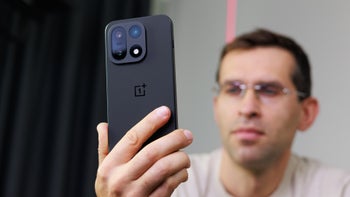
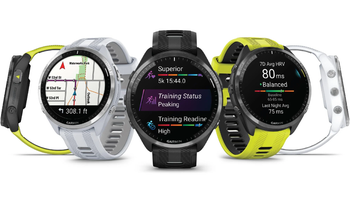
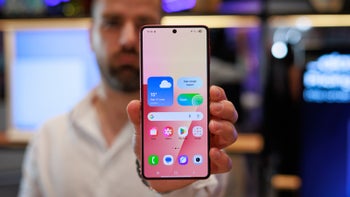

Things that are NOT allowed:
To help keep our community safe and free from spam, we apply temporary limits to newly created accounts: